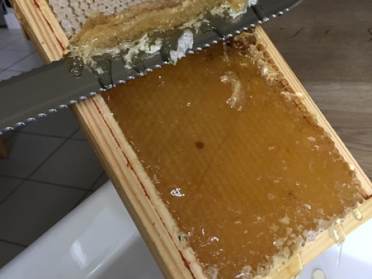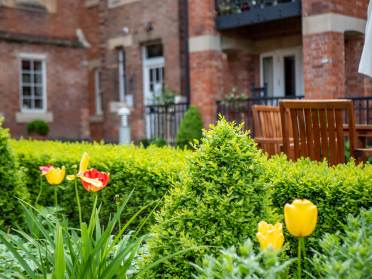
Nearly all of us at The Orchid Society have grown Phalaenopsis orchids on our windowsills at some time in the past 20 years. These orchids originate from humid rainforests of equatorial South East Asia, where they grow on tree branches, and enjoy temperatures of 30°C or more, with high humidity.
From being very expensive and ‘difficult to grow, best avoided’ they have been hybridised and transformed by Dutch horticulturists and selected to become Europe’s number one house plant. The colours and patterns have expanded to a palette from gaudy hues to large whites.
Twenty years ago, yellow Phalaenopsis orchids would have been raised from seed with a sale price of $2,000 each – they were so rare. Now meristems (identical plants raised by cloning) of such plants are found in garden centres and supermarkets for £5 to £10.
Giant greenhouses measuring 35 acres in Holland are fed from laboratories in the Far East with plane loads of tiny seedling meristems, which are grown to supply millions of flowering-size plants that are air-freighted around the world.
The new hybrid Phalaenopsis orchids have been bred, raised and selected to be happy in a domestic sitting room. They do not grow on the ground, so are grown in chopped up pine bark, and similar composts, in plastic pots – no tree branches required.
They thrive in dry, centrally heated air sitting on a windowsill; they do not need a two-hour cloudburst every afternoon, or humidifiers, or misting, or special greenhouses or indoor terrariums. Watering once a week with tap water and they will flower for months, long after a bunch of cut flowers have withered, died and become compost.
How to grow and get the most from Phalaenopsis orchids

What to buy:
Buying a small plant from a garden centre can always be rewarding, but the bigger the plant, the more flowers it will have when you buy it and when it comes to flower again. You should also look for large healthy leaves with a shiny, unwrinkled surface, avoiding plants with ‘gappy’ flowers.
Where to grow:
On a windowsill facing west or east in the summer, where the orchid(s) get plenty of light, but not direct sun, which will burn the leaves. In the winter, choose a south-facing window, preferably double-glazed so they are not exposed to the cold mini-climate close to the glass.
Alternatively, orchids can be placed on a table a foot away from the window, and ensure they are in a heated room over winter.

Compost:
Keep Phalaenopsis orchids in the compost/mix that they were in when purchased - usually chopped bark - and if it gets too big for the pot, repot it into special ‘orchid bark’ available from garden centres.
Orchids usually come in clear plastic pots but repotting into black or terracotta ones is fine. If there are long silvery-grey to white roots that will not fit in the pot, leave them out in the air.

Watering:
Water once a week by putting them under a running tap, water through the pot for half a minute, then allow to drain. Avoid standing them in water.
For best results a commercial fertiliser (e.g. one that you might use for tomatoes) can be used, made up in a watering can at a quarter of the recommended strength. Pour about half a pint into (and through) the pot after its weekly watering and allow to drain.
Flowering and re-flowering:
In the home, Phalaenopsis orchids can flower for 18 months, but usually less. When it has finished flowering, cut the flower stem off just below the lowermost flower and another flower spike will usually appear from one of the nodes on the stem.
These new flower stems tend to come quite quickly but are smaller. If you cut the old flower stem at the base, it will be longer before it re-flowers, but the flower spikes will be longer and more vigorous.

Phalaenopsis orchids are stimulated to re-flower by a drop in temperature, so move the plant into a cooler room (the spare bedroom for example), but continue to water and to feed the plant. While it may appear to be doing absolutely nothing, it will still need feeding. One should find the new flower spike appearing in the axils of the leaves after a few weeks – then move it back to the warmer room.
Signs of an unhappy orchid:
If the orchid is really unhappy, the leaves will be all floppy and wrinkled and the new leaves at the top of the plant will be getting smaller and smaller. The advice, unfortunately, is to throw it away (ideally dispose to a compost heap) and buy a new plant!
Written by Henry Oakeley, The Orchid Society of Great Britain
Find more gardening hints and tips on Audley Stories.


































